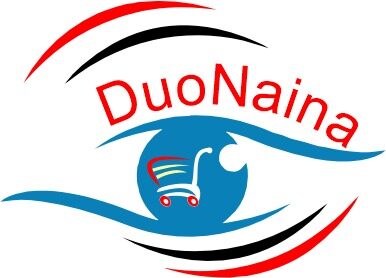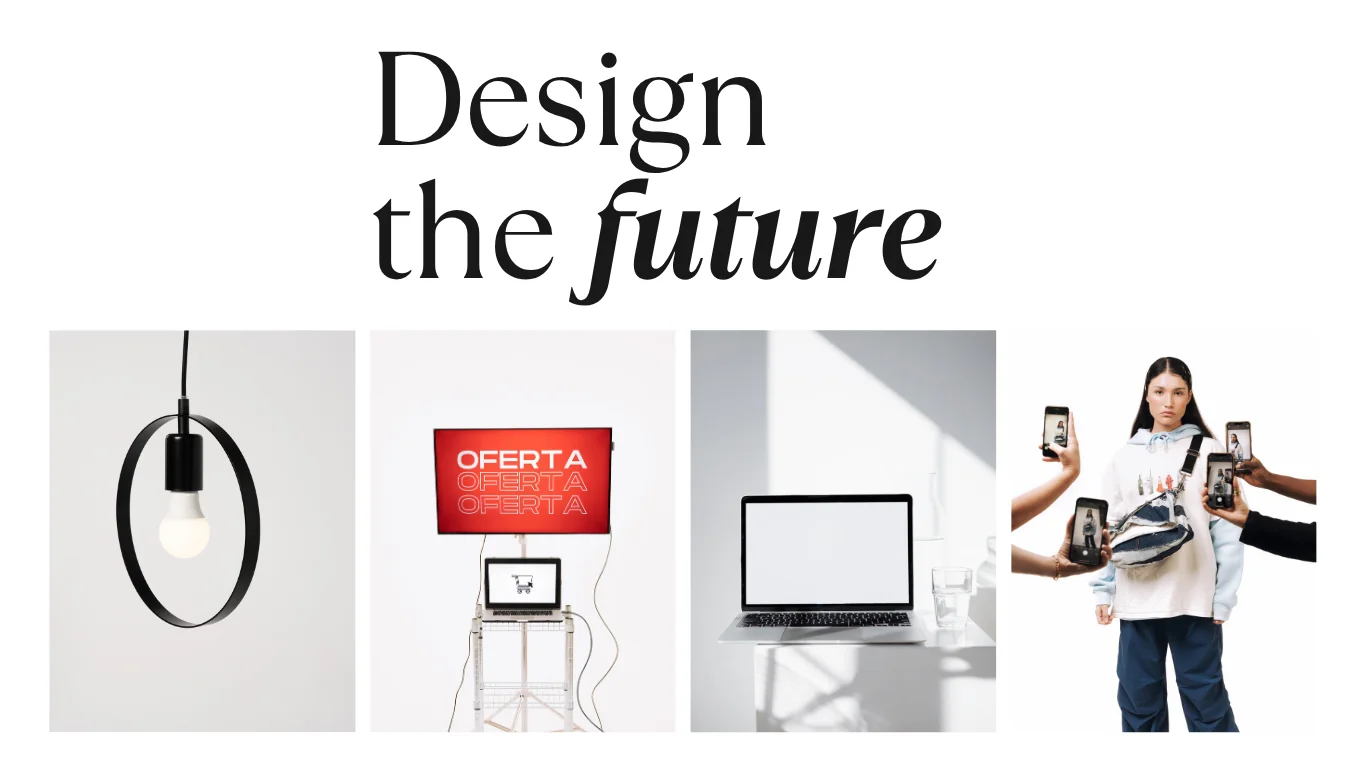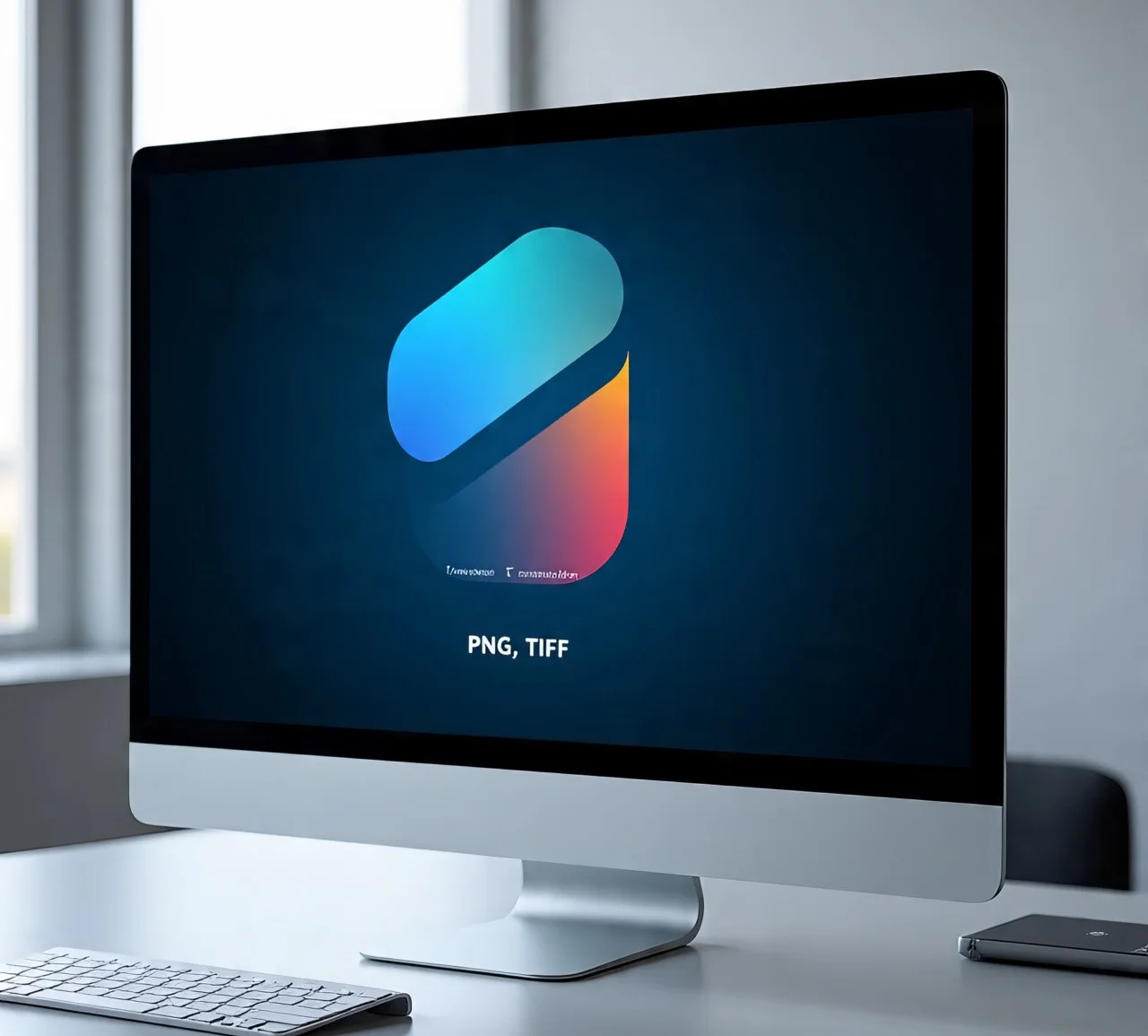
7 Powerful Ways to Start Working Efficiently in Design (Boost Creativity & Save Time)
Why Working Efficiently in Design Matters
In today’s fast-paced creative industry, speed and quality go hand in hand. Designers often face tough deadlines, endless client revisions, and the challenge of maintaining brand consistency across different platforms. That’s why working efficiently in design is not just a nice to have it’s essential.
This guide will walk you through four major pillars of efficiency every designer should master:
- Shortcuts for faster execution
- Libraries for consistency
- Versioning for clarity
- Asset Management for long-term organization
By implementing these strategies, you’ll save time, reduce stress, and free up more energy for what truly matters creativity and innovation.
2. Shortcuts: Small Changes, Big Productivity Gains
Keyboard shortcuts might seem like small tweaks, but over time, they translate into hours of productivity gained each week.
Why Shortcuts Matter in Working Efficiently
- Faster workflows: One keystroke is always quicker than multiple clicks.
- Fewer distractions: You remain in your creative flow without breaking focus.
- Reduced fatigue: Less mouse movement means less physical strain.
Must-Know Shortcuts for Designers
- Adobe Photoshop & Illustrator:
Ctrl/Cmd + Z→ UndoCtrl/Cmd + Shift + S→ Save AsSpacebar→ Pan canvas
- Figma:
Shift + A→ Auto LayoutCtrl/Cmd + G→ Group objectsCtrl/Cmd + /→ Quick search
- Canva:
T→ Add text boxR→ Add rectangle
💡 Pro Tip: Print a cheat sheet of the shortcuts you use most frequently and keep it nearby.
📌 Learn more from Adobe’s official shortcut guide
3. Libraries: Consistency Across Every Project
In design, brand consistency is non-negotiable. Libraries help by creating a central hub for reusable assets such as logos, icons, fonts, and colors.
How Libraries Support Working Efficiently
- Consistency: Every design looks aligned with the brand.
- Efficiency: No more rebuilding the same elements repeatedly.
- Collaboration: Everyone uses the same approved design system.
Tools Offering Libraries
- Adobe Creative Cloud Libraries : Centralized brand assets across Photoshop, Illustrator, and more.
- Figma Libraries : Reusable UI components within design systems.
- Canva Brand Kit : Perfect for non-designers managing small businesses.
💡 Pro Tip: Update your libraries regularly to avoid outdated assets sneaking into your work.
4. Versioning: Say Goodbye to File Chaos
We’ve all been there files named final_v2, final-final, or even final-FINAL-3. This chaos wastes time and creates confusion. Versioning solves this.

Why Versioning Is Key to Working Efficiently
- Error recovery: Roll back to earlier drafts anytime.
- Collaboration: Everyone works on the latest file version.
- Project history: Track how designs evolve over time.
Tools That Provide Versioning
- Figma – Built-in version history stored in the cloud.
- Adobe Creative Cloud – Document history built into the apps.
- Dropbox & Google Drive – Basic version history for everyday use.
- GitHub/Git – Powerful for design-development projects.
💡 Pro Tip: Even with automatic version control, give your files meaningful names like Homepage_V3 instead of vague labels.
5. Asset Management: Organize Once, Reuse Forever
Designers juggle hundreds of files logos, stock photos, mockups, templates and without asset management, it’s easy to lose valuable time searching.
Why Asset Management Improves Efficiency
- Quick retrieval: Find what you need instantly.
- Collaboration: Shared folders make teamwork smoother.
- Accuracy: Avoid outdated or incorrect files.
Best Practices for Asset Management
- Use clear file names – e.g.,
Brand_Poster_V1. - Create a folder hierarchy – logos, icons, templates, etc.
- Use centralized storage – shared drives or DAM tools.
- Add tags and metadata – to search assets quickly.
Tools to Use
- Bynder / Brandfolder – Enterprise-level DAM solutions.
- Dropbox / Google Drive – Affordable for freelancers.
- Adobe Bridge – Perfect for Creative Cloud users.
💡 Pro Tip: Schedule monthly cleanups to remove duplicates and outdated files.
6. How These Four Elements Work Together
When shortcuts, libraries, versioning, and asset management combine, design efficiency skyrockets.
Imagine this:
- You open Figma and use shortcuts to arrange layouts in minutes.
- Brand assets are instantly available from your shared library.
- Edits are tracked automatically with version history.
- Final exports land in a well-organized folder structure.
The result? Faster delivery, fewer errors, and more room for creativity.
7. FAQs on Working Efficiently in Design
Q1: What is the most important step to start working efficiently in design?
A: Begin with shortcuts they’re quick to learn and immediately improve speed. From there, build systems with libraries and asset management.
Q2: Do beginners really need libraries and versioning?
A: Absolutely. Even if you’re just starting, libraries and versioning prevent messy workflows and help build good habits early.
Q3: Which tool is best for freelancers to manage design assets?
A: Google Drive or Dropbox is cost-effective for freelancers, while teams may prefer Bynder or Adobe Bridge for advanced asset control.
Q4: Can shortcuts alone make me an efficient designer?
A: Shortcuts are a big win, but true efficiency comes from combining all four pillars—shortcuts, libraries, versioning, and asset management.
Q5: How does design efficiency impact creativity?
A: When you spend less time hunting for files or repeating tasks, you free your brain for creative problem-solving and innovation.
8. Conclusion
Efficiency in design is not about rushing it’s about working smarter with structured systems. Shortcuts save seconds, libraries ensure consistency, versioning keeps progress organized, and asset management creates long-term clarity.
By embracing these four pillars of working efficiently in design, you’ll:
- Save time and reduce stress
- Collaborate more effectively
- Deliver higher-quality projects
Whether you’re freelancing, part of a small creative studio, or working in a large corporate design team, mastering efficiency will set you apart as a professional, reliable, and innovative designer.


